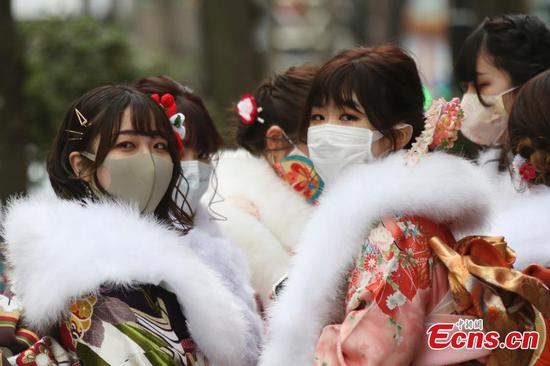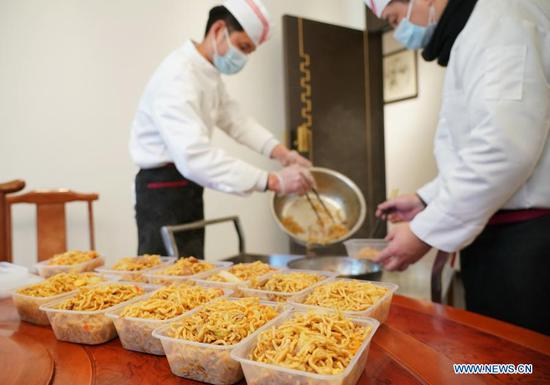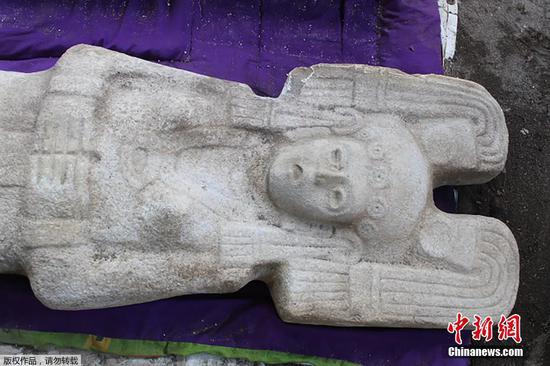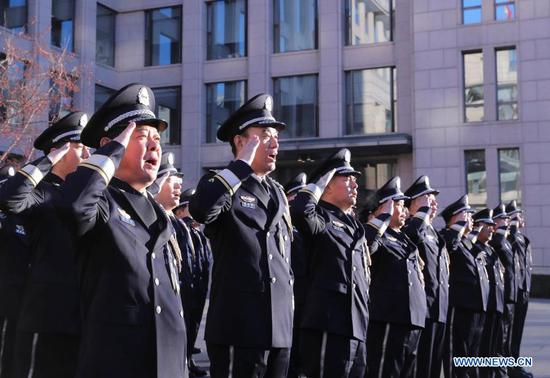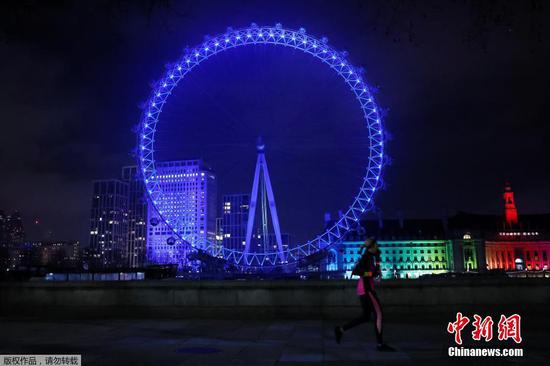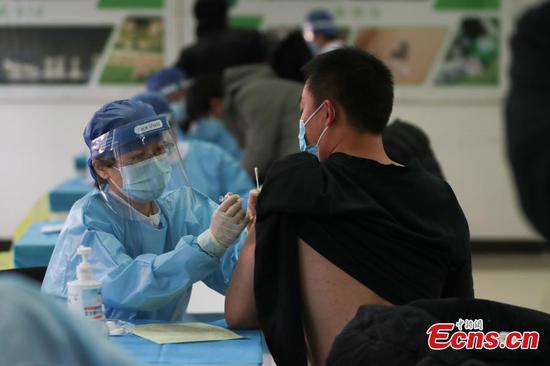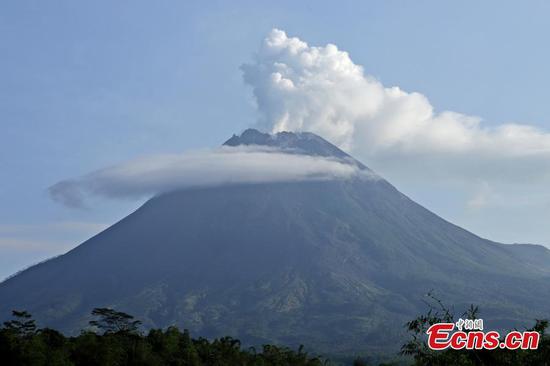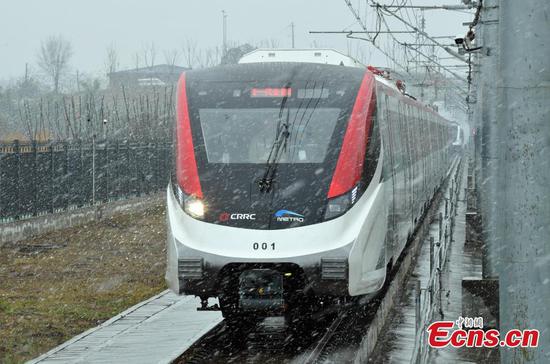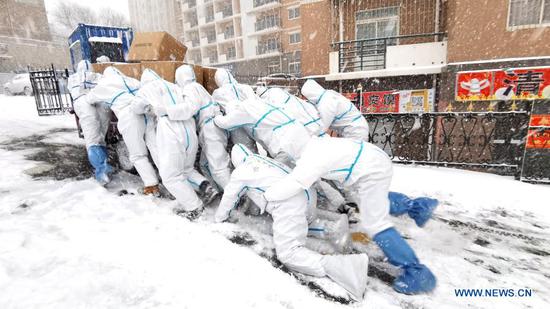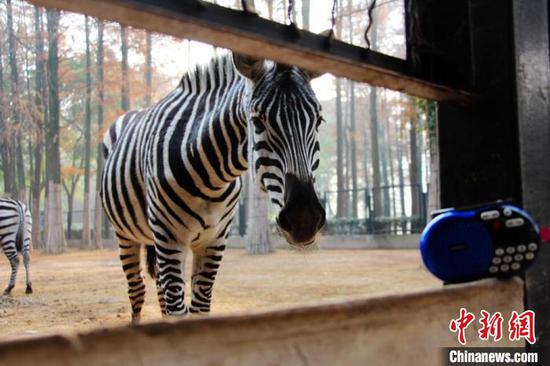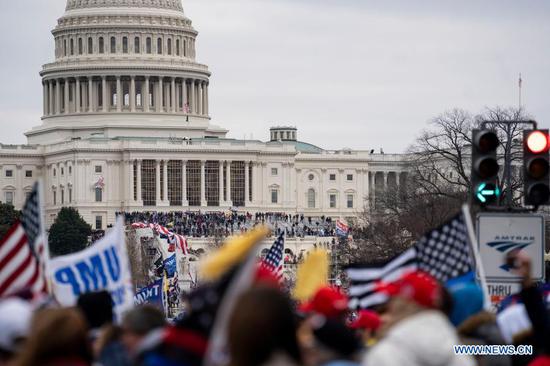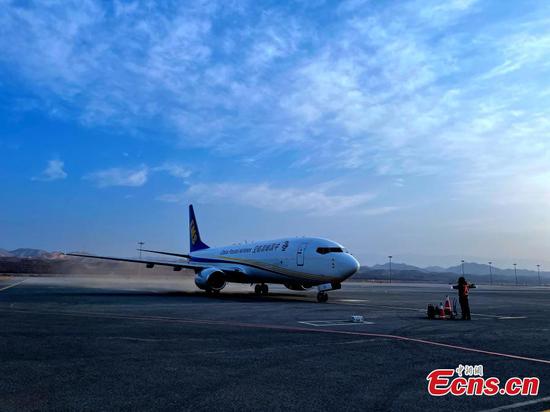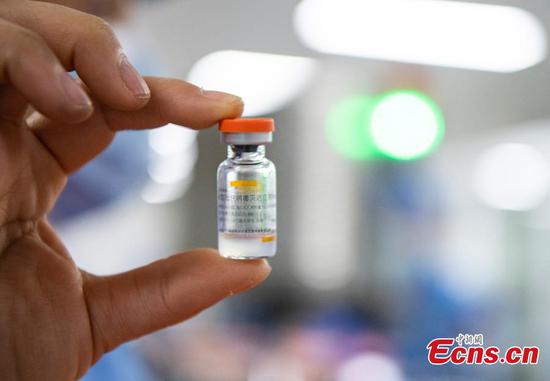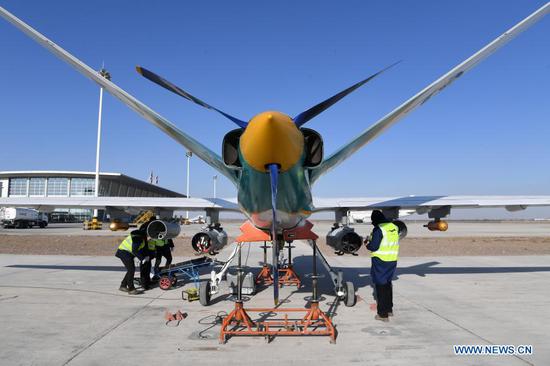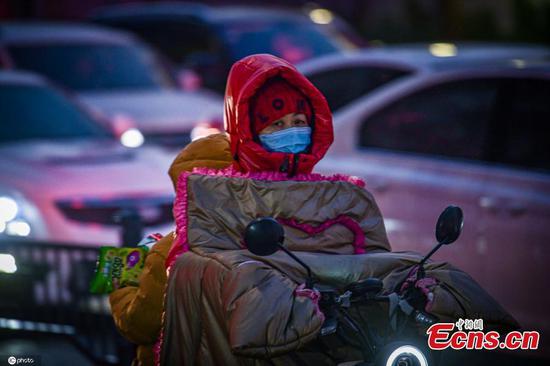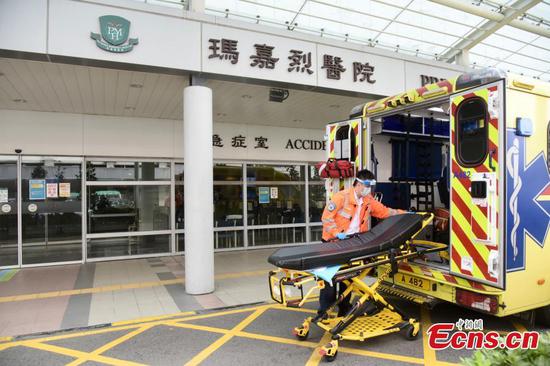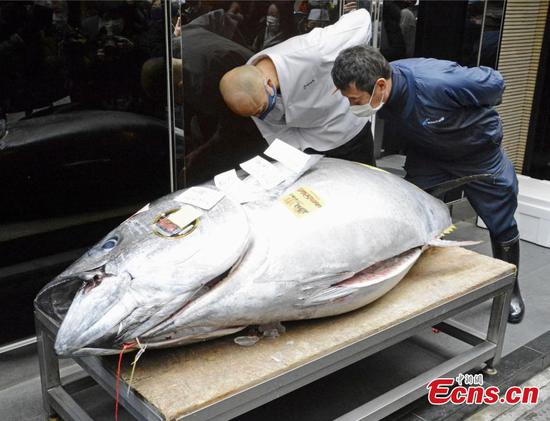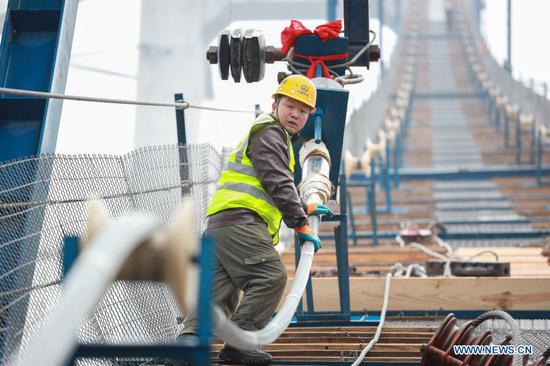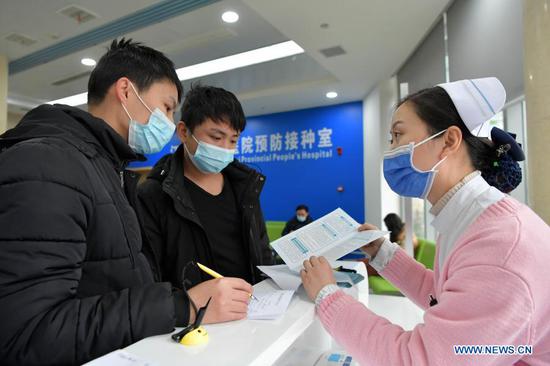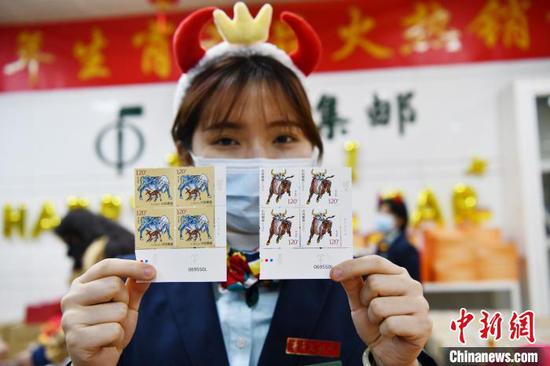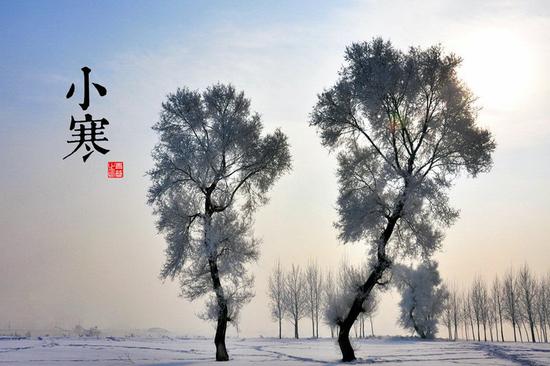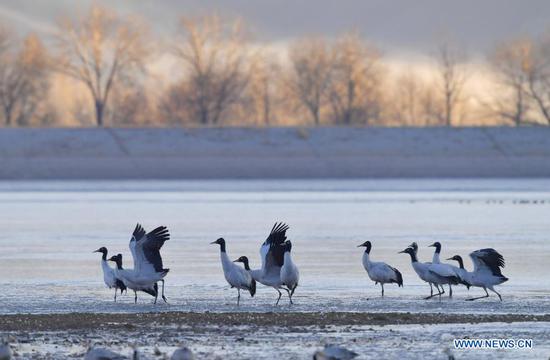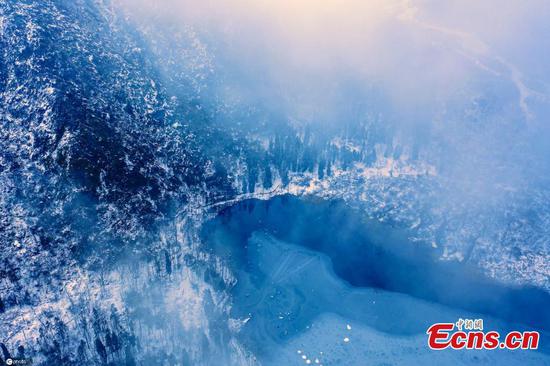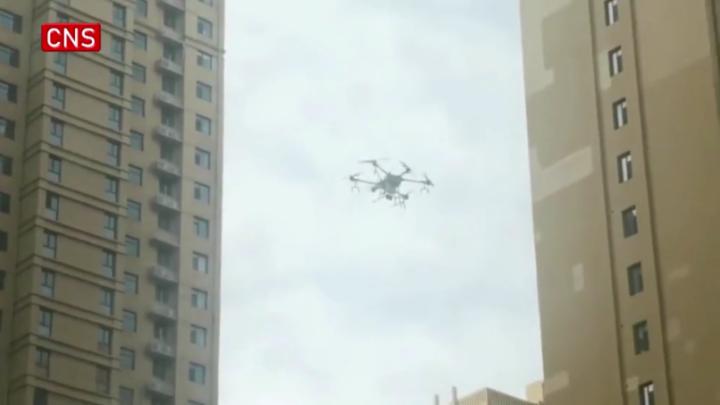The sluggish rollout of COVID-19 vaccines across the United States highlights the challenges of a decentralized distribution plan that relies on states and localities to handle the complicated last-mile logistics of getting shots into people's arms, reported The Wall Street Journal on Monday.
More than 22 million doses had been distributed to states and other jurisdictions as of Friday, according to the Centers for Disease Control and Prevention (CDC), while 6.7 million people had received their first shot by that point. The figures were short of the U.S. goal of 20 million vaccinations by the end of 2020, and communities and states were still reporting bottlenecks this month as they managed their inoculation programs, said the Journal.
"If you told states your priority is to vaccinate as many people as possible as fast as they can, they would have run the campaign differently," Julie Swann, a professor and head of the industrial and systems engineering department at North Carolina State University, was quoted as saying. "But that's not what they were told."
The focus has been on reducing mortality, especially among high-risk populations, instead of seeking to halt the spread of transmission in communities, said Swann, who advised the CDC during the 2009-10 H1N1 pandemic.
Supply-chain experts attribute the delays in part to the burdens faced by often underfunded state and local health agencies already stretched to their limits by the coronavirus pandemic, along with communication problems including confusion over how many doses states were set to receive, according to the Journal.
But experts also point to guidance on who should be inoculated first from a federal vaccine advisory panel, which recommended that the limited initial supply of doses be administered to health-care workers and residents of long-term-care facilities.
The U.S. COVID-19 vaccine distribution strategy is focused on supply, said Philip Palin, an author and supply-chain resilience expert who advises governments and businesses on preparing for catastrophic events. Vaccines are being allocated to targeted groups in contrast to more high-velocity supply chains, which are more common and tend to be demand-driven, he said.
He said the manufacturing and distribution of the first two vaccines in the United States -- those produced by Pfizer Inc. and BioNTech SE in a joint program and by Moderna Inc. -- has effectively outpaced the ability of those administering the vaccines to keep up under the current guidelines to set vaccination priorities. "What has not happened yet is sufficient 'consumption' of the distributed supply," Palin said.
To speed up vaccinations, according to Palin, authorities could work with community organizations and local governments to identify potential vaccination sites and focus on areas where the need for the vaccine is the greatest.
The United States registered a record high of over 310,000 daily COVID-19 cases on Friday, while the country's total caseload surpassed 22 million on Saturday. A total of 314,093 new cases and 3,623 deaths were reported across the country on Friday, according to the latest CDC data.
Meanwhile, the real-time count kept by Johns Hopkins University showed that the United States had registered over 22.1 million cases and over 372,100 deaths as of Saturday night.









